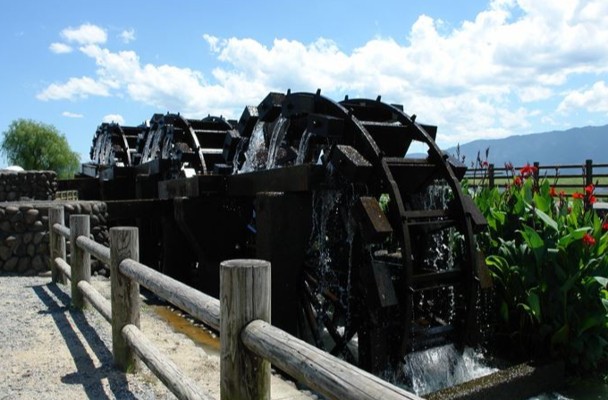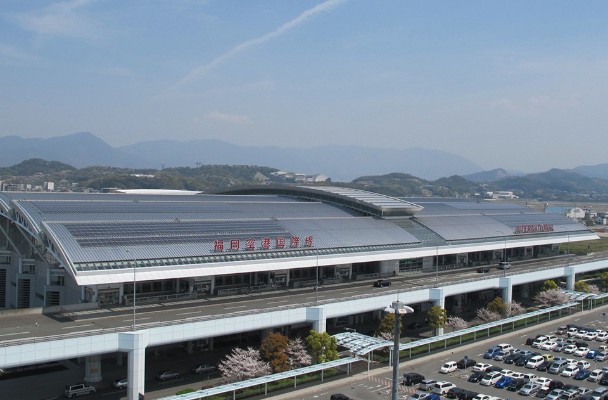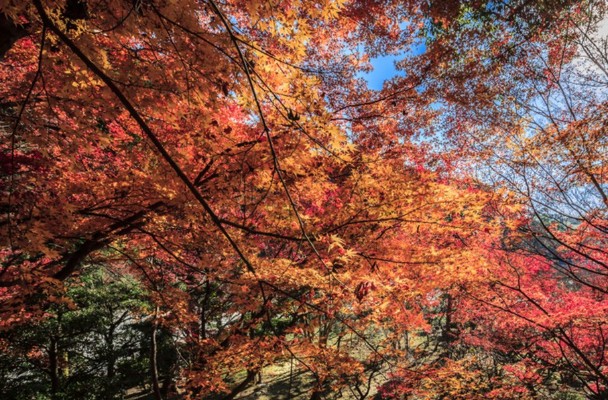In Asakura, you'll find many relics left behind from the warriors and townspeople that lived there during the Edo Period such as Akizuki, the castle town, Japan's oldest water wheel, and the residences which the warriors and townspeople lived in. It's located in a convenient spot just 1 hour out from Fukuoka, so it's a must-visit for people interested in Japan's history and culture.
Akizuki, the Edo Period Untouched Castle Town
Asakura is located in the center of Fukuoka Prefecture, in the Chikugo (former province located in the south of present-day Fukuoka Prefecture), and has over 1,000 years of history. The municipal area is very large, and is split into 3 different areas, Amagai - Akizuki, Takaki - Asakura, and Harazuru - Haki.
If you're visiting Asakura, the one place you cannot afford to miss checking out is Akizuki, which is a castle town created by the Kuroda Clan during the Edo Period of Japan.
This is the only castle town in the whole of Japan which is designated as a "Preservation Districts for Groups of Traditional Buildings", the location is sometimes also known as "Chikuzen's Little Kyoto". Here are just some of the amazing relics you're able to find within Akizuki.
Kuromon
Kuroman was built during the Kamakura period as the back gate to Koshosanjyou Castle and eventually became the gate to the Akizuki Castle owned by the Kuroda Clan. Currently, the gate is the entrance to Suiyou Shrine, which enshrines the first ruler during the Kuroda-ruled Akizuki, with few people visiting.
Nagatoya
Nagatoya was originally created during the Edo Period as the entrance to the noble's private quarters, the continuous row houses on either side of the gate are very characteristic.
Suginobaba
In front of the castle, you'll find a road lined with Japanese cedar trees, this was originally used as a training ground for the warrior's horses, which is why it was sometimes called a horse-riding ground. In the Meiji Era, for every household that joined the settlement a single sakura tree was planted, eventually, during spring there were so many sakura trees that the location became famous as a cherry blossom sightseeing spot.
Meganebashi
Meganebashi is a granite Holland-style arch bridge that was completed in the year 1810 and goes over the Notorigawa which flows under Akizuki Castle. During the Showa Era of Japan, it was paved in concrete but was restored to its original form in 2006.
Japan's Oldest Working Water Wheel
In the Takaki - Asakura area, you're able to see Japan's oldest working water wheel.
During the Edo Period, the Horikawa Yosui was used as an irrigation channel for Asakura. It was completed in 1664, with the water wheel being built from 1760 to 1780 to allow water to reach the higher paddy fields.
Currently, it can be found in 3 different areas across the city being the Hishino Suisha, Mishima Suisha, and Hisashige Suisha.
The Mishima Suisha and Hisashige Suisha are both double waterwheels while the Hishino Suisha is a triple water wheel.
The operation of these water wheels has been the same since they were built, from the middle of June towards the middle of October for the production and growth of rice. The water wheels themselves are remade every 5 years with the techniques being passed down through generations.
The Hishino Suisha is lit up every year during Obon. It allows you to see a completely different sight to what you can see during the afternoon, we highly recommend visiting during this time.
Harazuru Onsen
In the Harazuru - Haki area, you'll find the Harazuru Onsen, which has hot spring water with slight alkalinity and sulfur which helps to get rid of old collagen and increase the quality of the skin.
Every year from May to October you're able to ride a houseboat and appreciate the cormorant fishing on Chikugo River. Perfect after a relaxing bath we're sure you agree!
How to Get to Asakura
- 35 minutes from JR Hakata Station to Kiyama Station. 25 minutes from Kiyama Station to Amagi Station on the Amagi Tetsudo.
- 25 minutes from Nishitetsu Fukuoka Station to Miyanojin Station via the Nishitetsu-Tenjin-Omuta Line. 30 minutes from Miyanojin Station to Amagi Station on the Amagi Tetsudo.
- If you're driving, from Fukuoka Station, Hakata Station, or Fukuoka Airport, take the Fukuoka Highway Dazaifu IC until the Kyushu Expressway Tosu JCT before entering the Oita Expressway and getting off at Amagi IC
How did you find this article? We have introduced a spot filled with amazing sights to see and things to do if you're someone who's interested in Japan's culture and history! Make sure to set some time aside during your next visit to Japan to come and see these amazing sights!






Comments